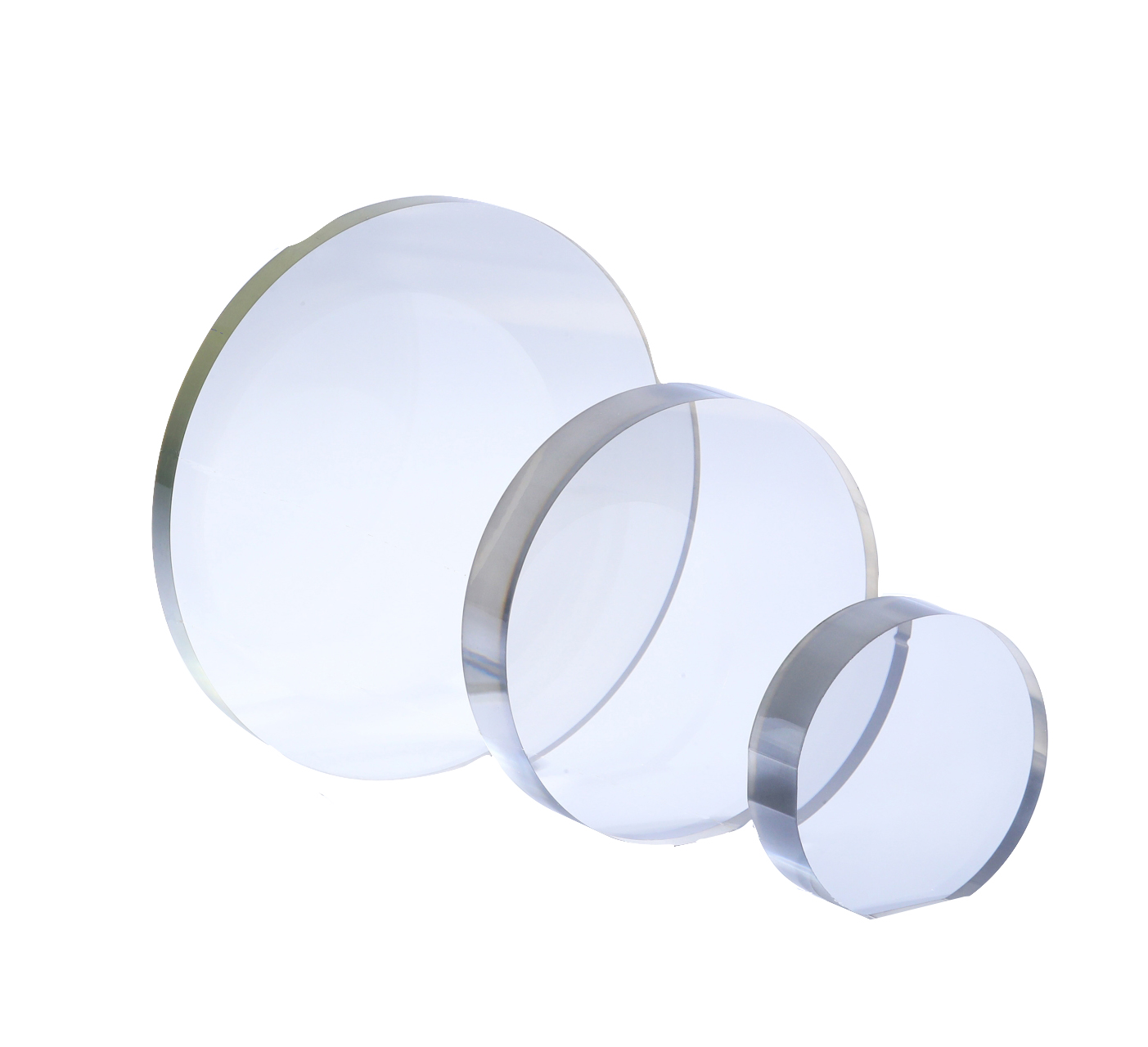
- English
- Español
- Português
- русский
- Français
- 日本語
- Deutsch
- tiếng Việt
- Italiano
- Nederlands
- ภาษาไทย
- Polski
- 한국어
- Svenska
- magyar
- Malay
- বাংলা ভাষার
- Dansk
- Suomi
- हिन्दी
- Pilipino
- Türkçe
- Gaeilge
- العربية
- Indonesia
- Norsk
- تمل
- český
- ελληνικά
- український
- Javanese
- فارسی
- தமிழ்
- తెలుగు
- नेपाली
- Burmese
- български
- ລາວ
- Latine
- Қазақша
- Euskal
- Azərbaycan
- Slovenský jazyk
- Македонски
- Lietuvos
- Eesti Keel
- Română
- Slovenski
- मराठी
- Srpski језик
Difficulty in preparing SiC substrates
2024-06-14
Difficulty in temperature field control: Si crystal rod growth only requires 1500℃, while SiC crystal rod needs to grow at a high temperature of more than 2000℃, and there are more than 250 SiC isomers, but the main 4H-SiC single crystal structure used to make power devices is used. If it is not precisely controlled, other crystal structures will be obtained. In addition, the temperature gradient in the crucible determines the rate of SiC sublimation transmission and the arrangement and growth mode of gaseous atoms on the crystal interface, which in turn affects the crystal growth rate and crystal quality. Therefore, a systematic temperature field control technology needs to be formed.
Slow crystal growth: The growth rate of Si crystal rod can reach 30-150mm/h, and it only takes about 1 day to produce 1-3m silicon crystal rods; while the growth rate of SiC crystal rods, taking the PVT method as an example, is about 0.2-0.4mm/h, and it takes 7 days to grow less than 3-6cm. The crystal growth rate is less than one percent of silicon materials, and the production capacity is extremely limited.
High requirements for good product parameters and low yield: The core parameters of SiC substrates include microtube density, dislocation density, resistivity, warpage, surface roughness, etc. It is a complex system engineering to arrange atoms in an orderly manner and complete crystal growth in a closed high-temperature chamber while controlling parameter indicators.
The material is hard and brittle, and cutting takes a long time and has high wear: SiC's Mohs hardness is second only to diamond, which significantly increases the difficulty of its cutting, grinding, and polishing. It takes about 120 hours to cut a 3cm thick ingot into 35-40 pieces. In addition, due to the high brittleness of SiC, the chip processing will also wear more, and the output ratio is only about 60%.
At present, the most important direction trend of substrate development is to expand the diameter. The 6-inch mass production line in the global SiC market is maturing, and leading companies have entered the 8-inch market.





